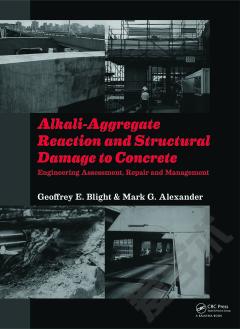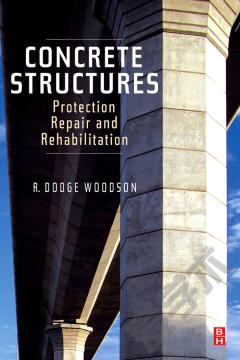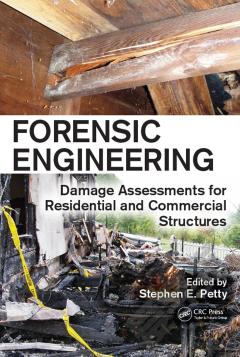Alkali-Aggregate Reaction and Structural Damage to Concrete —— Engineering Assessment, Repair and Management
----- 碱骨料反应和混凝土的结构损伤:工程评估,维修和管理
TABLE OF CONTENTS Author biographies Acknowledgements List of symbols and dimensions Chapter 1: Alkali-aggregate reaction (AAR) and its effects on concrete - an overview 1.1 AAR and its visible characteristics 1.2 The chemical characteristics of AAR 1.3 Guarding against AAR 1.4 Main types of AAR and the appearance of fractures caused by AAR 1.5 Chemical mechanisms of AAR 1.6 Necessary and sufficient requirements for AAR to occur 1.7 What is still to come 1.8 References Chapter 2: Diagnostic investigations and tests and their interpretation 2.1 Investigation of the cause of cracking in a concrete structure 2.2 Petrology of AAR-susceptible minerals and rock types 2.3 Assessing aggregates for AAR-potential 2.4 Aggregate petrography 2.5 References Chapter 3: Effects of AAR on Engineering Properties of Concrete - Results of Laboratory Determinations 3.1 Laboratory specimens and cores taken from structures 3.2 The process of cracking 3.3 Differences between laboratory specimens and cores taken from AAR-affected structures 3.4 The testing of cores and laboratory-prepared cylinders or prisms 3.5 The strength of disrupted or disintegrated concrete 3.6 Elastic properties, compressive, indirect and direct tensile strengths of AAR-affected concrete 3.7 Creep of AAR-damaged concrete under sustained load 3.8 The effects on expansion of compressive stress 3.9 Fracturing of reinforcing steel in AAR-affected structures 3.10 The possibility of bond failure in AAR-affected reinforced concrete structures 3.11 Review and summary of conclusions 3.12 References Chapter 4: Assessment of risk of structural failure based on results of laboratory or field tests 4.1 Introduction, definitions and examples 4.2 An acceptable probability of failure 4.3 Statistical calculation of the probability of failure 4.4 Assessing demand D and capacity C 4.5 A simple example of calculating pf 4.6 Conclusions on statistical assessment of risk 4.7 Full-scale test loading as a means of assessing risk 4.8 Instruments used for measurements in laboratory and in situ load testing 4.9 Planning, preparing and performing an in situ load test on a structure 4.10 "Special" or "once or twice off" test loadings of complete structures 4.11 Routine periodic test loading of complete structures 4.12 Tests on relatively small components removed from site and tested in laboratory 4.13 Review and conclusions 4.14 References Chapter 5: Repair and rehabilitation of AAR-affected structures 5.1 Types of repair or remedial treatment 5.2 Arresting the AAR process - experiments with surface treatments 5.3 Restoring design properties by resin injection 5.4 Repair by externally applied stressing 5.5 Strengthening by glued-on steel plates 5.6 Repair by partial demolition and reconstruction 5.7 Repair and rehabilitation of concrete highway pavement 5.8 Repair or mitigation of effects of AAR in large mass concrete structures 5.9 Repair of broken reinforcement in AAR-damaged concrete 5.10 Review and conclusions 5.11 References Chapter 6: Epilogue - A check-list of important structural consequences of AAR 6.1 AAR is a durability problem that is unlikely to cause structural failure 6.2 AAR results in the deterioration of concrete properties 6.3 In situ concrete properties can usually be expected to be considerably better than properties measured on cores in a laborator 6.4 Compression members are relatively unaffected by AAR 6.5 Flexural members need more consideration 6.6 The performance of structural concrete pavements 6.7 Compressive stresses in AAR-affected concrete 6.8 AAR-damaged structures can reach and exceed their design service life
{{comment.content}}








 京公网安备 11010802027623号
京公网安备 11010802027623号